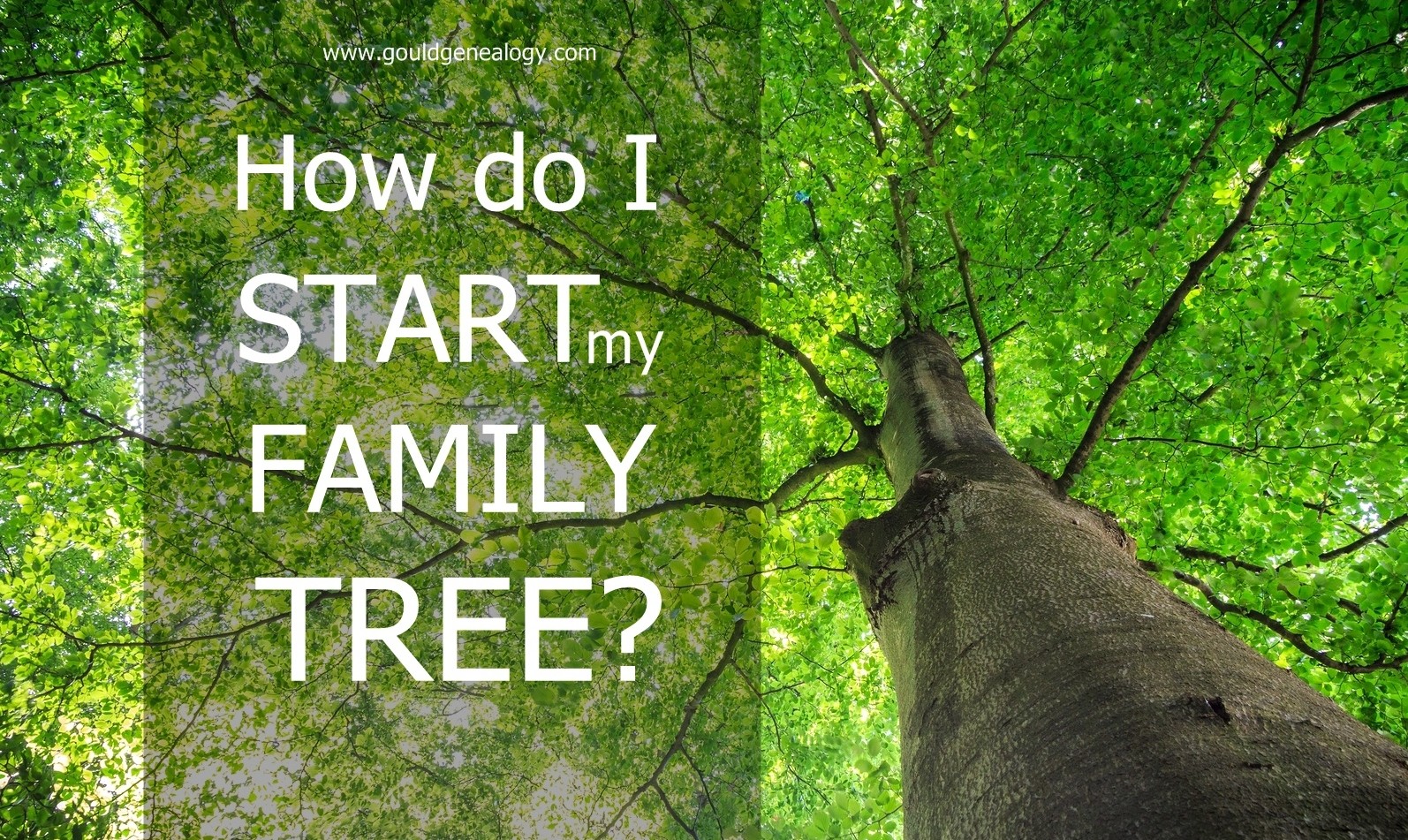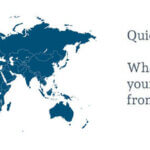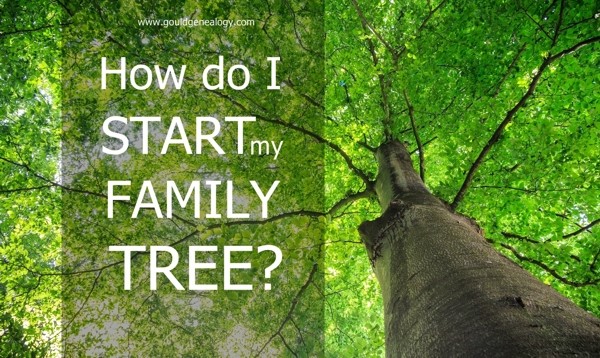
How do I start my family tree? It’s an important question, and one that we’ve all asked back when we started. And no, you don’t go to a certain website, type in a name, and your whole history pops up!
So just how do you start your family tree? You start at the beginning, with yourself.
1. START WITH YOURSELF
Grab a piece of paper and write down your full name (always use the maiden name for females), your date of birth and where you were born, and (if married) date of marriage and where.
2. THEN THE REST OF YOUR FAMILY
Then do the same for your parents, and siblings, and your children (if applicable), your grandparents, and so on. If anyone has passed on, add in the date and place of death, as well as date and place of burial as well. To keep track of this information you can use a Pedigree Chart and a Family Group Sheet (which is sometimes also called an Ancestral Chart).
– download a 5 Generation Pedigree Chart for free
– download a Family Group Sheet for free
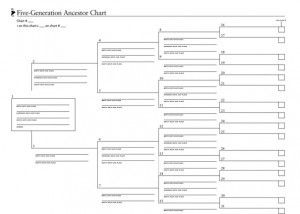
If you’d like to keep all your collected information together you might be interested in the “Ancestor Family Tree Workbook” which is available from here.
(TIP: you shouldn’t write a date as 1/12/80, as this could be 1 December, or 12 January depending on which country you’re in. And it is 1880 or 1980, who knows? So it is wise to write them in full: 1 December 1880.
3. LOOK AROUND HOME
If you’ve been filling in the Family Group Sheets and Pedigree Charts or the Workbook you’ll probably find that you will have some gaps. Some will be name, others dates or places – or even all of the above. That is normal, and that then leads you on to the next step, which is looking around the home for further clues. You might find it surprising just how many genealogical clues you might discover … bills, diaries, photos, greeting cards, invitations, certificates, letters, the list goes on and on. In fact here is a Checklist of 77 Things to Look for at home. These things can help verify names, dates, places, other family relationships and more.
(TIP: photograph or scan every document or item you find, and label the scan so that you’ll know what it is later – ie. BAKER Thomas William birth certificate)
4. ASK THE FAMILY
Once you’ve written down all that you know, and found any records that might be useful around your home, the next step is to ask your family (parents, grandparents, aunts and uncles, even cousins). Get in touch with them and ask what they know that will help fill in your blanks, or even verify the information you already have. Do they have any heirlooms or old photos? Do you they have any ‘family stories’? And feel free to go wider to your great aunts and uncles, and your second cousins if you know them.
5. SO WHAT’S NEXT? READ …
From here you will learn about organising your records, the types of records available and where to find them, discovering libraries and archives and what they hold, choosing a genealogy software program, using social media for your research and more. But I’m going to direct you to three titles which cover these facets well …
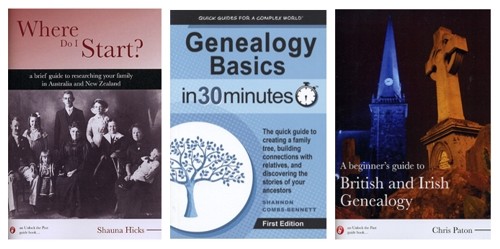
Where Do I Start?: A Brief Guide to Researching Your Family in Australia and New Zealand
paperback – AUD$19.00
ebook – AUD$9.95
Genealogy Basics in 30 Minutes
paperback – AUD$19.95
kindle – US$7.89
A Beginner’s Guide to British and Irish Genealogy
paperback – AUD$16.00
ebook – AUD$9.95
For more Getting Started books, click here.
6. BUT WHEN DO I START RESEARCHING?
I’m sure you’re all wondering why I haven’t said jump online to see what you can find. That comes soon, and there is plenty to be found online, but there’s also plenty of wrong information online too. So it pays to be wary.
But here’s two websites that you should bookmark, as you’ll use them over and over again. Both are free and contain information for those researching anywhere in the world.
Cyndi’s List
www.cyndislist.com
The easiest way I describe Cyndi’s List is that it is like a giant Yellow Pages for genealogy. Basically any country and any topic to do with family history, it’s all there. Neatly categorised and all sorted alphabetically so we can find them. Currently there are over 330,000 links, and this grows daily. And yes using this site is all entirely free (but note, some of the links from this site you will have to pay for). (Be sure to check out the “Beginners” and “Getting Started” categories).
FamilySearch
www.familysearch.org
If you want to search billions of records for free, then head to FamilySearch as that’s what you’ll get. With an incredible number of indexes together with images of original records, this is always a place to start your search.
JUST A FEW RULES TO KEEP IN MIND …
27 Golden Rules for Genealogy
So now you have the basics, good luck, I wish you well and enjoy the journey, it is intoxicating. And if you have questions, don’t be afraid to ask. There’s plenty of people around who are more than happy to help guide you on your journey.

